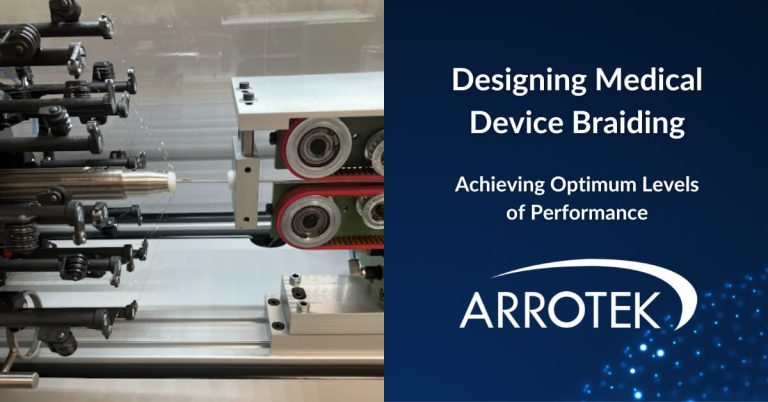The new EU MDR (Medical Device Regulation) changes several aspects of obtaining and then maintaining regulatory approval for medical devices. One of the major changes is the introduction of an identification system, or UDI, for medical devices approved for use in the EU.
While the implementation of the new EU MDR has been delayed because of COVID-19, everyone in the industry is impacted by this change in UDI requirements. This includes those with products that have been on the market for years, to companies and start-ups developing new medical devices that have yet to go through the approval process.
Introduction to the New UDI System
If you have products approved for sale in the US market, you may already have experience creating, applying, and submitting UDIs within the FDA system, particularly if your medical devices are Class III or Class II (the introduction of the UDI system for Class I medical devices in the US has also been delayed because of the COVID-19 pandemic). It’s still important to understand how the UDI system will work here in the EU.
The new UDI (Unique Device Identification) is an identification system for medical devices in the EU. The system’s main aim is to improve the traceability of medical devices, especially when safety issues arise.
There are other significant benefits to the system. This includes helping with efforts to eliminate fake medical devices.
In addition, for forward-thinking medical device manufacturers, the new UDI system can also help to improve supply chain efficiency while reducing waste and errors.
UDI for Your Medical Device Products Explained
The new EU MDR specifies the UDI structure you need to implement for your medical device products. It includes two main elements:
- UDI-DI – DI stands for device identifier, so it identifies the device.
- UDI-PI – PI stands for product identifier, so it identifies the device production unit. This part of the UDI could include, for example, a lot number, expiry date, and serial number.
What About the Basic UDI-DI?
There is also a requirement for medical device manufacturers to allocate a Basic UDI-DI for their products. This is separate from the requirement for applying the UDI to the product, packaging, or labelling.
Instead, the Basic UDI-DI is for uploading to EUDAMED, the European Databank on Medical Devices.
The Basic UDI-DI is described in support documentation for the new EU MDR as being the “main access key” for information related to your device.
So, using the example of a new catheter, the structure is as follows:
- A Basic UDI-DI covering a group of catheter products in your range.
- A UDI-DI for each variation of the catheter product, providing each variation has the same risk class, intended purpose, essential design characteristics, and manufacturing characteristics.
- A UDI-PI for each batch of the catheter product that is manufactured.
Does the New UDI System Apply to All Medical Device Products?
With a small handful of exceptions, yes, the UDI system applies to all medical devices sold and used in the EU, including new devices being developed and those already on the market.
The main exceptions are custom-made medical devices and devices manufactured for investigatory purposes.
What is the Deadline for Medical Devices Complying with the New UDI System?
As mentioned previously, the deadline has been pushed back because of the disruption caused by the COVID-19 emergency. The deadline for submitting UDI data to EUDAMED is now 26 November 2022, although this depends on EUDAMED being fully functional.
There are also deadlines that apply to the application of UDI carriers on labels:
- Class III medical devices and implantable devices – 26 May 2021
- Class IIa and Class IIb medical devices – 26 May 2023
- Class 1 medical devices – 26 May 2025
What Should You Do Now?
It is important to develop and then implement a plan for EU MDR compliance, whether you have a device that is already regulatory approved or you are progressing to the stage where you will submit an application.
Ensuring you meet the UDI system requirements of the new EU MDR is a key part of this compliance process.
Furthermore, one thing you can do immediately is to develop a Basic UDI-DI for each group of medical devices that the new EU MDR applies to. You will need to include this Basic UDI-DI in technical documentation, the new EU declaration of conformity, and elsewhere as part of the EU MDR compliance process, so the sooner you go through this stage, the better.
The delay to the overall implementation of the new EU MDR has been welcomed by most in the industry, but the new deadline will approach rapidly. Taking action now will make the process smoother.





